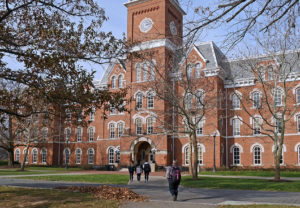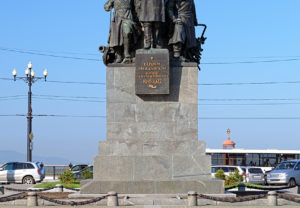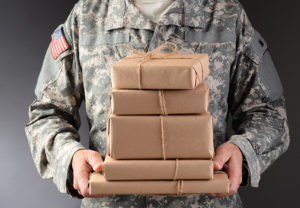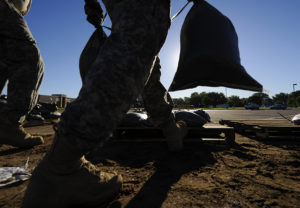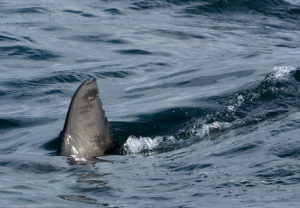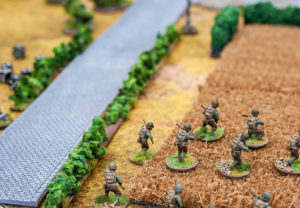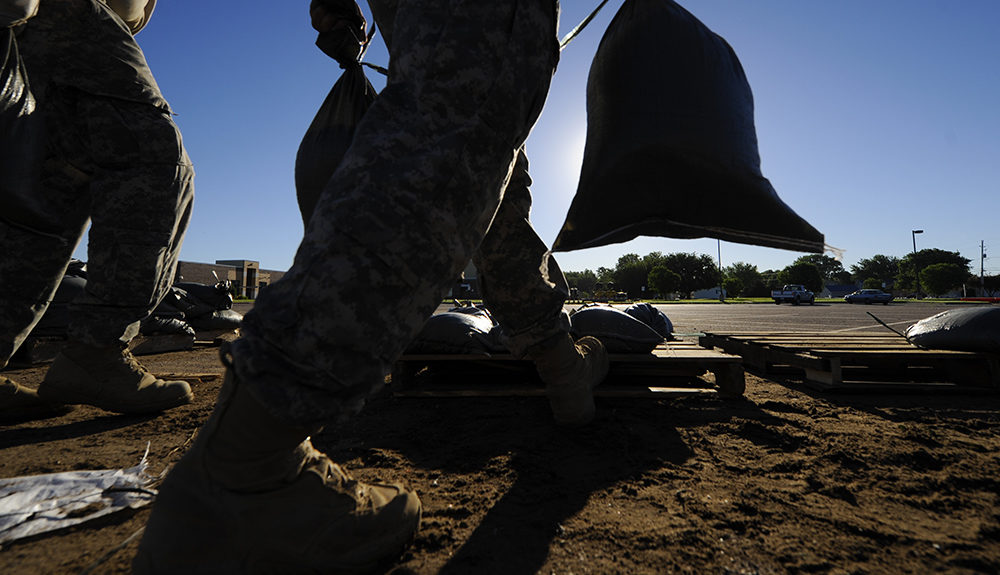By Tristan Jung
The National Guard and Coast Guard have been activated multiple times this summer to help with hurricane cleanup on the Gulf Coast. During this devastating and historically active hurricane season, which has already seen a record 23 named storms, both branches have been repeatedly called to assist local first responders with search-and-rescue, aid efforts, and damage control.
Hurricane Laura made landfall in Western Louisiana as a Category 4 hurricane on August 27. During Hurricane Laura, more than 6,200 members of the Louisiana National Guard were called in to provide critical emergency services, engineering teams, and search and rescue efforts. The Louisiana National Guard rescued more than 358 people from dangerous areas. Local Coast Guard units deployed over 3,000 members to assist in search and rescue.
Three weeks later, Hurricane Sally made landfall as a Category 2 storm in eastern Alabama before moving across Western Florida. 500 National Guard members were activated in the aftermath of the storm to help first responders and clear roads. Dealing with historically bad floodwaters, the Coast Guard deployed 17 helicopters, three aircraft, and over 30 boats to aid in rescue attempts.
These important disaster relief efforts helped augment local first responder teams. FEMA and USO teams were also on the scene to provide assistance. However, the situation on the ground remains very challenging. Hurricane Laura caused an estimated $10 billion worth of damage, and Hurricane Sally led to another $5 billion more, leaving infrastructure in disrepair and many residents in need of assistance.
The extraordinarily active hurricane season has already seen the NOAA run out of names for storms before the end of September, which has never happened. On September 21st, Tropical Storm Beta became the ninth storm to make landfall in the U.S., tying the all-time record. The National Guard and Coast Guard will likely continue to be called upon to assist in hurricane relief in 2020 and as climate change continues to cause more extreme weather in the Gulf Coast throughout the foreseeable future.







